
Creative: Tochigi Leather
Tochigi Leather:Tannin based tanning of natural leather filled with tanner's pride
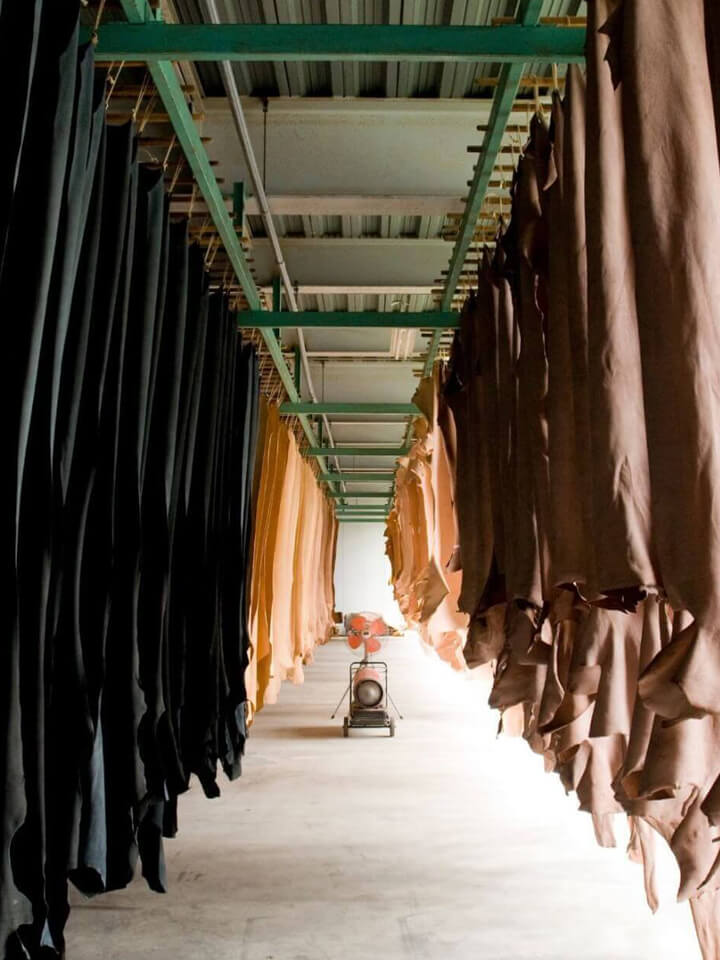
From "Japanese Leather No. 1" published in 2008
Tochigi Leather began its history on September 1, 1945. It was the eve of the Pacific War, in the midst of the Sino-Japanese War. Like many Japanese tanners, the company, which had begun as a part of the munitions industry, began manufacturing leather in the mid 1950's after going through several changes after the war.
At that time, the main use of case leather was for making student bags. When the baby boomers born in the first baby boom went on to junior high school, demand increased exponentially, and not only our company, but also Tanners from all over the Kanto region focused on manufacturing leather for wholesale to sell to student bag makers.
From around 1968, nylon Madison bags (Madison Square Garden bags) became popular, and the demand for leather student bags decreased significantly. However, Tochigi leather became used for applications other than student bags, including for government demand, bags with belts, soles for wallets, and building materials. Currently, we are receiving orders from top domestic manufacturers. We have always, and continue to provide vegetable tanned leather.
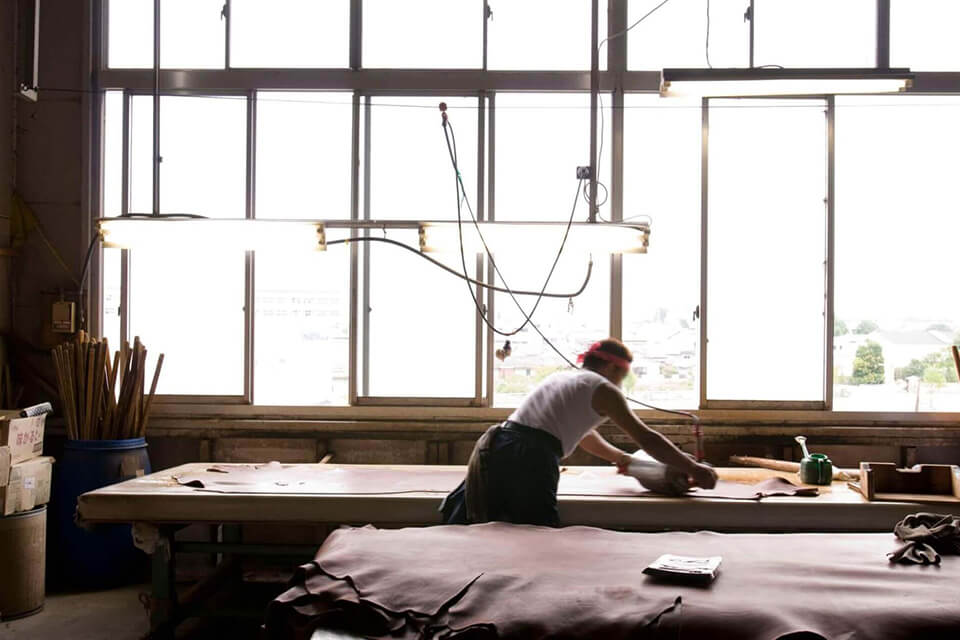
A setter is a craftsperson that stretches thick leather. In particular, manual hand setters require many years of experience.
"It was about 10 years ago that I started to realize how good tannin actually was. In recent years, there is more conversation about how we need to be considerate of the environment, and I’m glad that we decided to continue with and preserve our way of doing things. We work with the pride that genuine leather is born only by following traditional methods. "
Masakuni Yamamoto, president of Tochigi Leather Co., Ltd. (at the time of the interview) commented. He defines the word “genuine leather” as "natural." Since he wants to avoid processing using chemicals as much as possible, he is willing to avoid simplifying the process and putting in the time-consuming work.
For example, tannin tanning. Each hide is carefully tanned with a tannin layer without considering the work time or cost. The soaking period is about 20 days. Depending on the quality of the skin, it may take longer. The burden on the craftsmen is not light, but the effort to transform "skin" into "leather" is by no means spared. He wants to take the time to make satisfactory leather and send it out into the world. Because of his belief and pride, he stubbornly adheres to the old-fashioned tanning method.
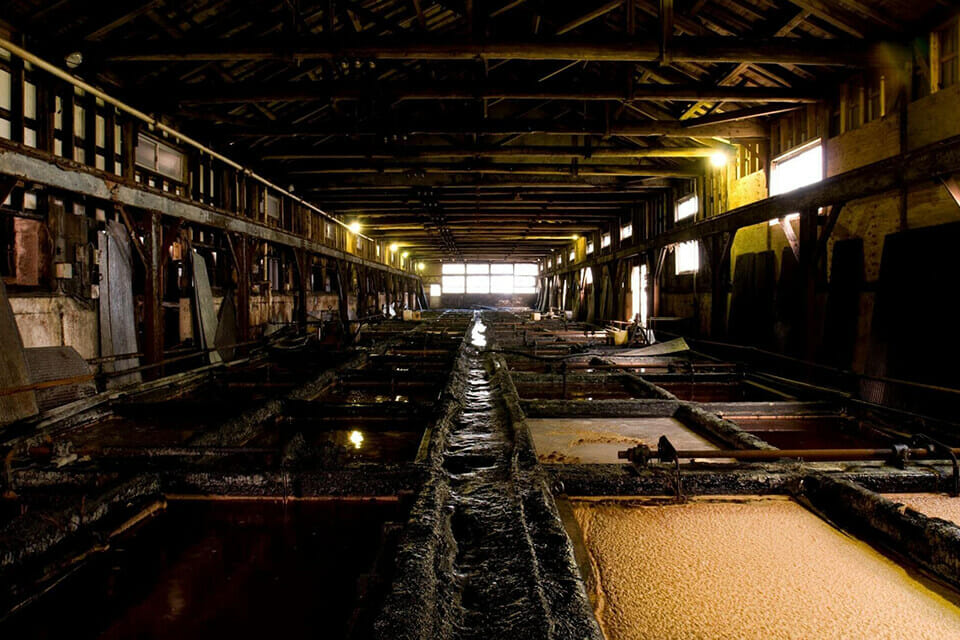
The number of pits containing the tannin solution is 160. The sight of so many tannin tanks lined up is quite amazing. The tannins of Tochigi Leather are made from Brazilian mimosa sap.
Carefully manufactured leather is highly robust. When a bag is made from this leather, the texture changes as it is used, but it rarely loses its shape because it retains its firmness. The craftsmen in each process, 20 in total, take pride in their work. The work of craftsmen with high skills and aspirations comes to life after years of use.
Aslo, to reduce environmental impact, the company does not use chemicals during wastewater treatment, and registers the wastewater as fertilizer so that it can be reused. This recycling process is possible because they use natural tannin and constantly strive to coexist with nature.
"In the Japanese leather industry, the emphasis has been on how we can meet the needs of manufacturers. As a result, the technology for making industrial materials has become top level, but I feel like we’ve forgotten the importance of ‘making quality products that customers can use for a long time’”.
Holding on to that authentic feeling of wanting to make something great, and asking the world about the goodness of genuine leather. I felt that I saw the essence of Tochigi Leather in Mr. Yamamoto's sincere words.
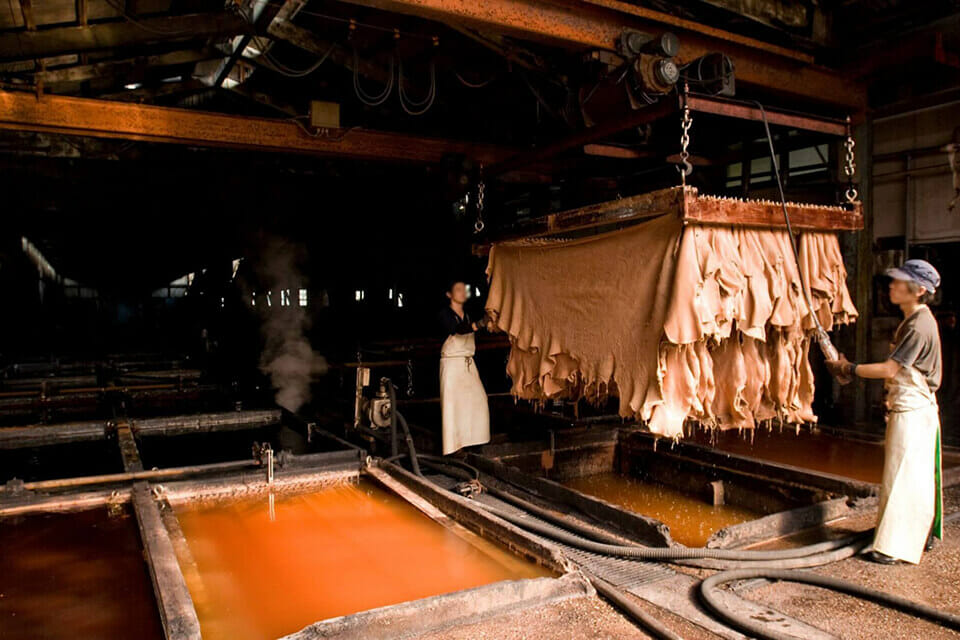
Tanning the hide by soaking it in a pit containing plant tannin solution. By immersing the skin in order from a thin liquid tank to a thick tank, the tannin seeps deeper into the skin.
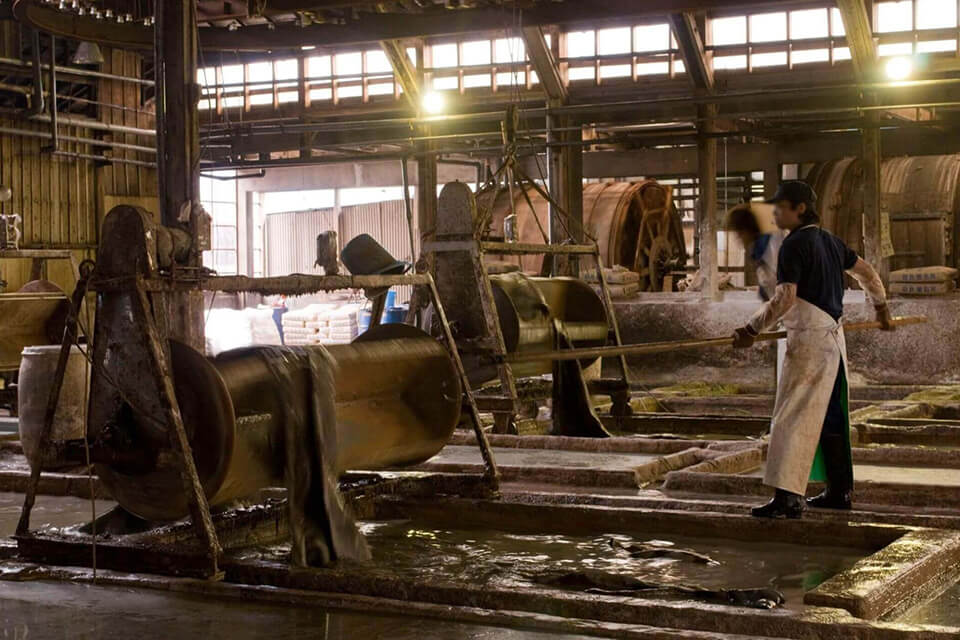
Lime pickling is another important process. When the skin is soaked, pores open and oil is removed, making it easier to remove hair.
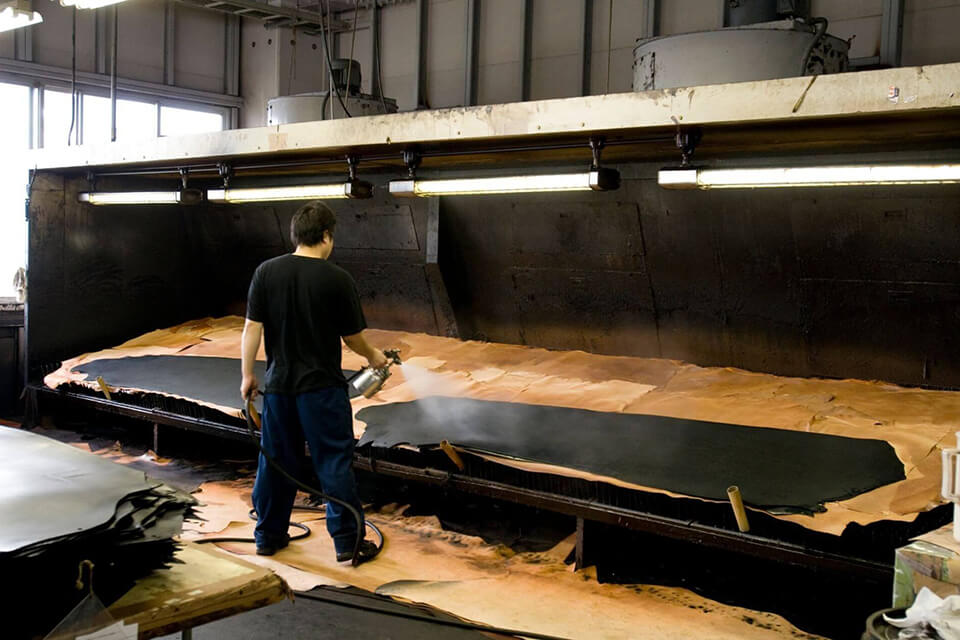
Spray pigment to finish. Spraying evenly is more difficult than it looks.